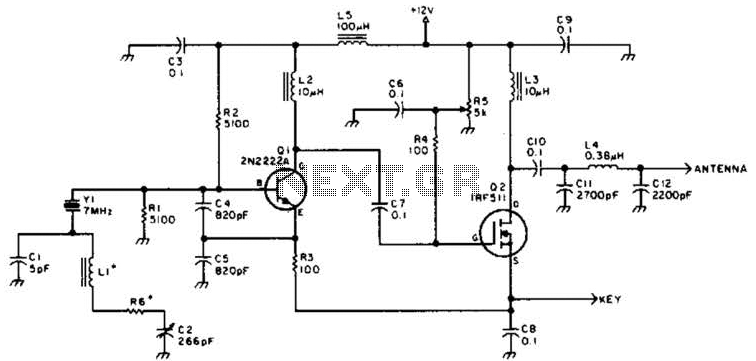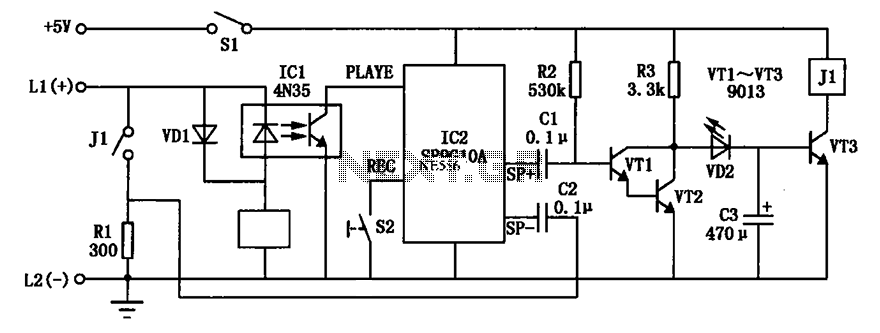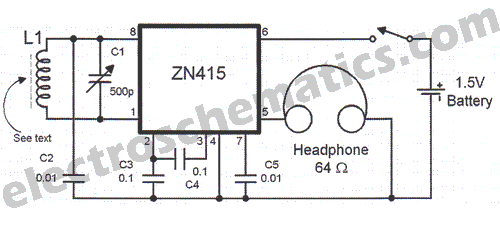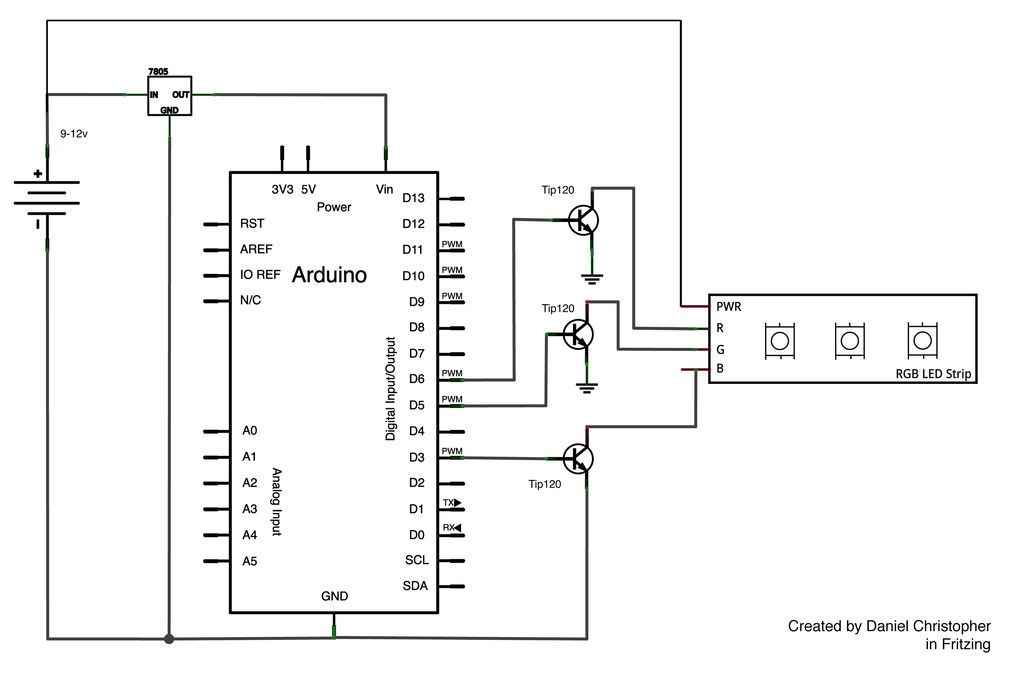
Clock Alarm Light Switch Circuit

This is a simple automatic light switch circuit designed for bedrooms. After construction, the input terminals of this circuit should be connected in parallel to the intended lighting fixture.
The automatic light switch circuit utilizes a light-dependent resistor (LDR) as the primary sensing element, which detects ambient light levels. When the light intensity falls below a certain threshold, the LDR decreases its resistance, triggering a transistor switch that activates a relay. This relay can then control the power supply to the light fixture, turning it on automatically in low-light conditions.
The circuit typically includes a power supply, which can be derived from standard AC mains or a low-voltage DC source, depending on the design requirements. The LDR is connected in a voltage divider configuration with a fixed resistor, creating a reference voltage that is fed into the base of a transistor. When the ambient light dims, the voltage across the LDR drops, allowing the transistor to turn on, energizing the relay coil.
Additional components may include diodes for flyback protection across the relay coil, ensuring that voltage spikes generated during relay deactivation do not damage the transistor. Capacitors may also be incorporated to filter noise and stabilize the circuit operation.
This circuit is ideal for applications in bedrooms, hallways, or any area where automatic lighting is beneficial, enhancing convenience and energy efficiency. Proper consideration should be given to component ratings and specifications to ensure reliable operation within the intended environment.Here is an ultra simple automatic light switch circuit for bedrooms. After construction, connect the input terminals of this circuit in parallel to the int.. 🔗 External reference
The automatic light switch circuit utilizes a light-dependent resistor (LDR) as the primary sensing element, which detects ambient light levels. When the light intensity falls below a certain threshold, the LDR decreases its resistance, triggering a transistor switch that activates a relay. This relay can then control the power supply to the light fixture, turning it on automatically in low-light conditions.
The circuit typically includes a power supply, which can be derived from standard AC mains or a low-voltage DC source, depending on the design requirements. The LDR is connected in a voltage divider configuration with a fixed resistor, creating a reference voltage that is fed into the base of a transistor. When the ambient light dims, the voltage across the LDR drops, allowing the transistor to turn on, energizing the relay coil.
Additional components may include diodes for flyback protection across the relay coil, ensuring that voltage spikes generated during relay deactivation do not damage the transistor. Capacitors may also be incorporated to filter noise and stabilize the circuit operation.
This circuit is ideal for applications in bedrooms, hallways, or any area where automatic lighting is beneficial, enhancing convenience and energy efficiency. Proper consideration should be given to component ratings and specifications to ensure reliable operation within the intended environment.Here is an ultra simple automatic light switch circuit for bedrooms. After construction, connect the input terminals of this circuit in parallel to the int.. 🔗 External reference
Warning: include(partials/cookie-banner.php): Failed to open stream: Permission denied in /var/www/html/nextgr/view-circuit.php on line 713
Warning: include(): Failed opening 'partials/cookie-banner.php' for inclusion (include_path='.:/usr/share/php') in /var/www/html/nextgr/view-circuit.php on line 713





